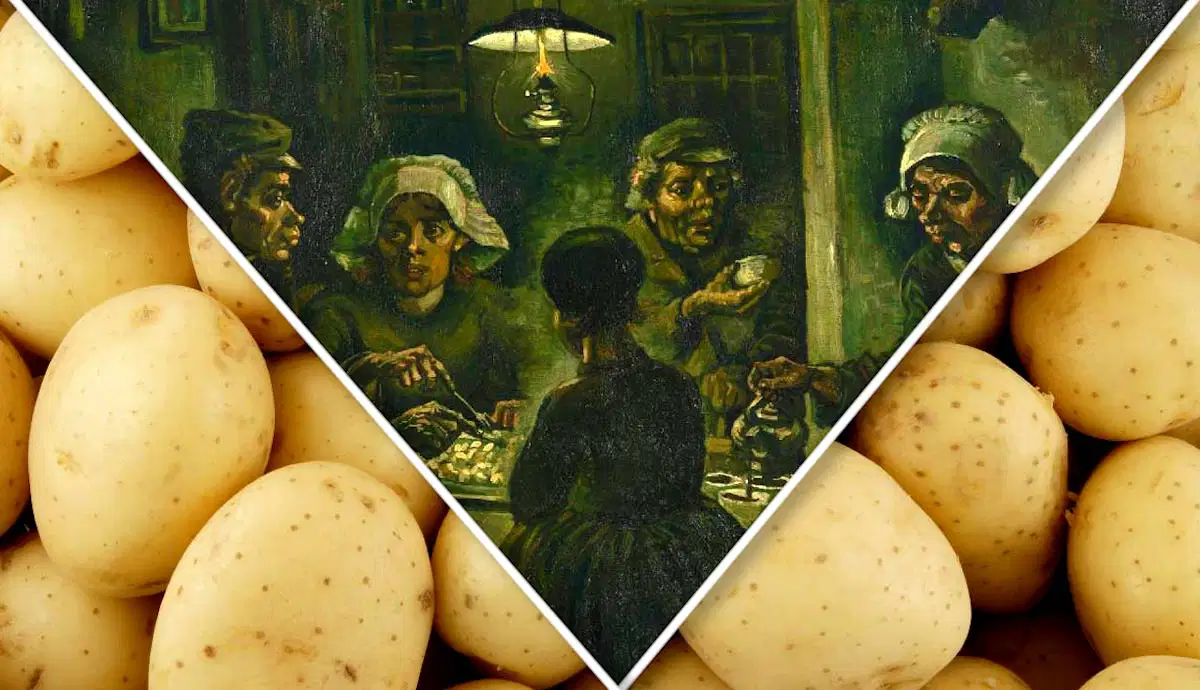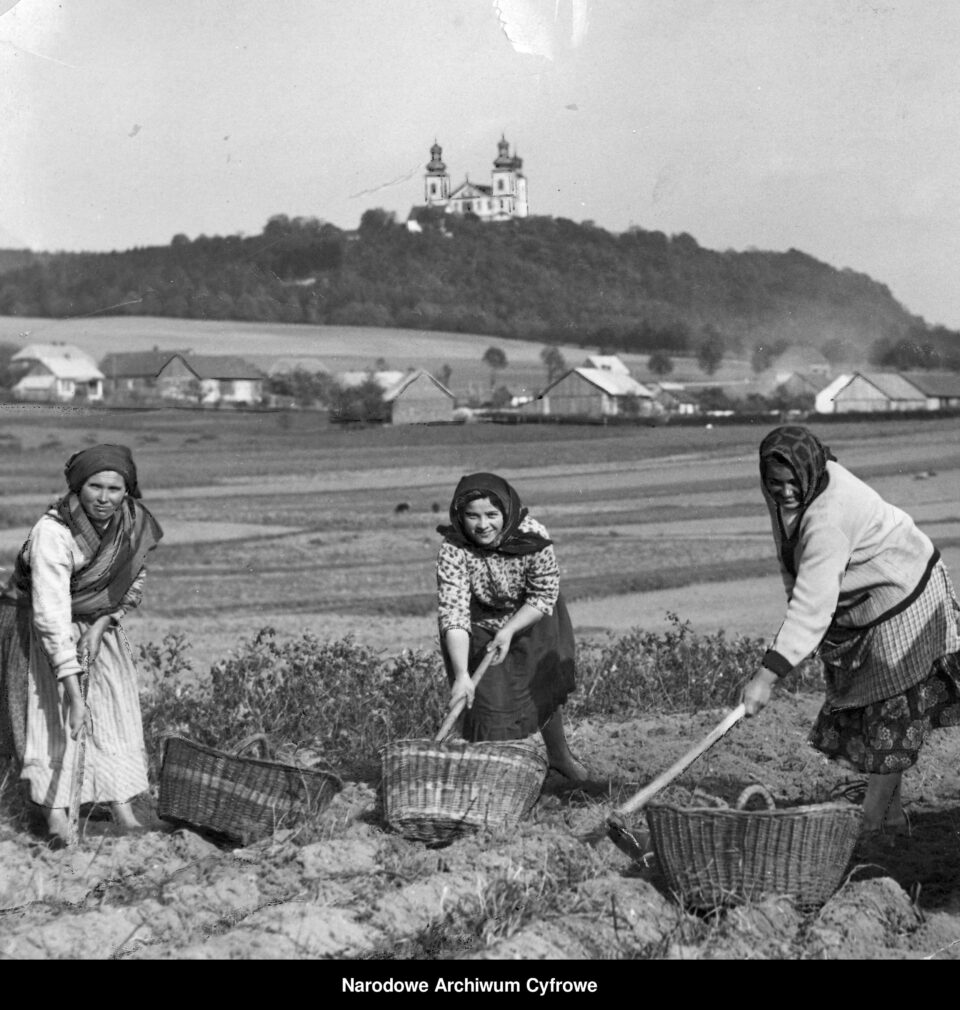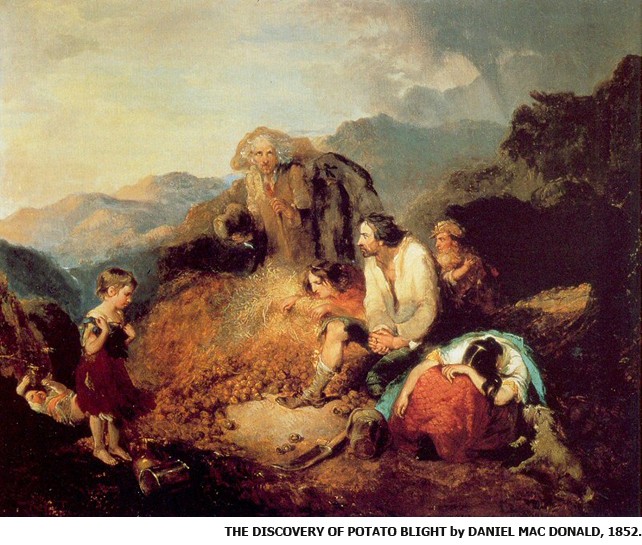“Once Feared, Now Favored: The History of the Potato”

🌱 1. Origins and Early Cultivation
- Where it began: The potato (Solanum tuberosum) was first domesticated in the Andean highlands of present-day southern Peru and northwestern Bolivia.
- When: Around 8000 to 5000 BCE—possibly even earlier—local indigenous peoples began cultivating wild potato species.
- Why it thrived: It grew well in poor soils, at high altitudes, and could be preserved by freeze-drying into chuño, a storable form ideal for harsh winters and famines.
👩🌾 Role in Andean Civilization
- The potato was a foundational crop for the Inca Empire, fueling cities, armies, and the development of terraced agriculture.
- It became deeply intertwined with culture, religion, and economy, often celebrated in festivals.

⛵ 2. Arrival in Europe (16th Century)
- Introduction by the Spanish: Spanish conquistadors returning from South America brought potatoes to Europe around the 1570s.
- Initially seen as botanical curiosities, potatoes were planted in gardens, not farms.
- Mistrust and superstition arose. Europeans were suspicious:
- It wasn’t in the Bible.
- It grew underground, which seemed “unholy.”
- It was related to toxic nightshades, which caused illness if the wrong part (like leaves or green tubers) was eaten.
⛔ 3. Rejection and Bans (17th–18th Centuries)
- France (1748): The potato was banned for causing leprosy, believed to be poisonous and unfit for human consumption.
- Ireland, England, Prussia: Widespread suspicion and reluctance to adopt the crop.
- People feared it would cause disease, madness, or spiritual impurity.
👑 4. Champions of the Potato (18th Century)
Frederick the Great of Prussia
- 1756: Ordered farmers to grow potatoes to prevent famine.
- Locals were resistant, so he planted “guarded” royal potato fields to make them appear valuable. People began to steal and plant them.
- Today, he is remembered as the “Potato King”.
Antoine-Augustin Parmentier (France)
- A French army pharmacist captured during war and fed on potatoes in a Prussian prison.
- Upon return, he became a potato evangelist:
- Hosted potato-themed dinners for royalty.
- Gave potato bouquets to Queen Marie Antoinette.
- Had soldiers guard his fields by day to attract thieves at night—similar to Frederick’s trick.
- 1772: The French Parliament lifted the ban on potato cultivation.
🍽️ 5. Acceptance and Widespread Cultivation
Why it succeeded:
- High yields: One acre of potatoes fed more people than wheat or barley.
- Resilience: Thrived in poor soil and harsh climates.
- Easy storage: Long shelf-life, could be stored for winter.
- Fuel for the poor: In Ireland especially, the potato became a cheap, reliable food source for peasants.
Industrial Age Boom
- As Europe’s population grew in the 18th and 19th centuries, so did the importance of potatoes.
- Supported urban growth, armies, and migration.
- Became vital in countries like:
- Ireland
- Germany
- Russia
- Poland
- And eventually China and India
⚠️ 6. The Irish Potato Famine (1845–1852)
- A fungal disease called late blight wiped out potato crops.
- Overdependence on a single potato variety led to catastrophe.
- 1 million Irish people died; another million emigrated.
- Led to food diversity awareness and agricultural reform.
🌍 7. Global Dominance
- By the 20th century, the potato had become:
- A staple food in Europe, Asia, and the Americas.
- A symbol of national pride in Peru, where it originated.
- Central to cuisines from French fries in America to aloo dishes in India.

🧠 Why It Was Feared, Then Loved
| Feared for | Later Loved for |
|---|---|
| Believed to cause leprosy & disease | Prevented famine and starvation |
| Associated with witchcraft & nightshade | Easy to grow, high in calories |
| Banned by elites | Supported industrialization and urban growth |
| Poisonous when improperly eaten | Became central to many national dishes and diets |




